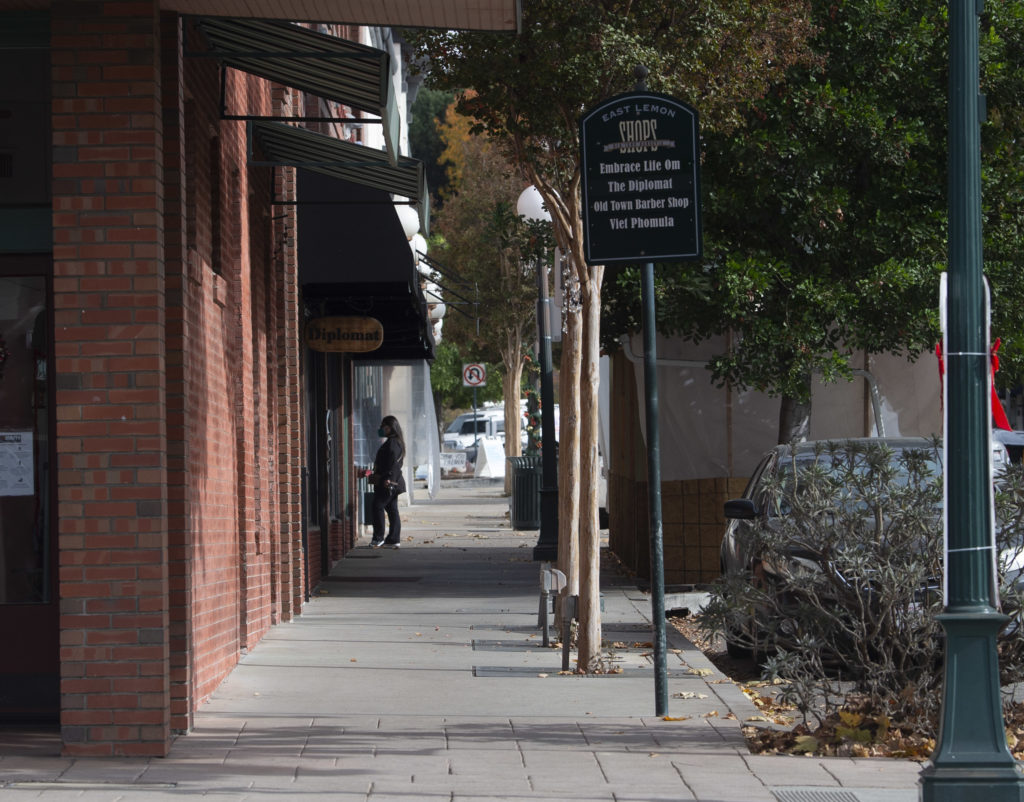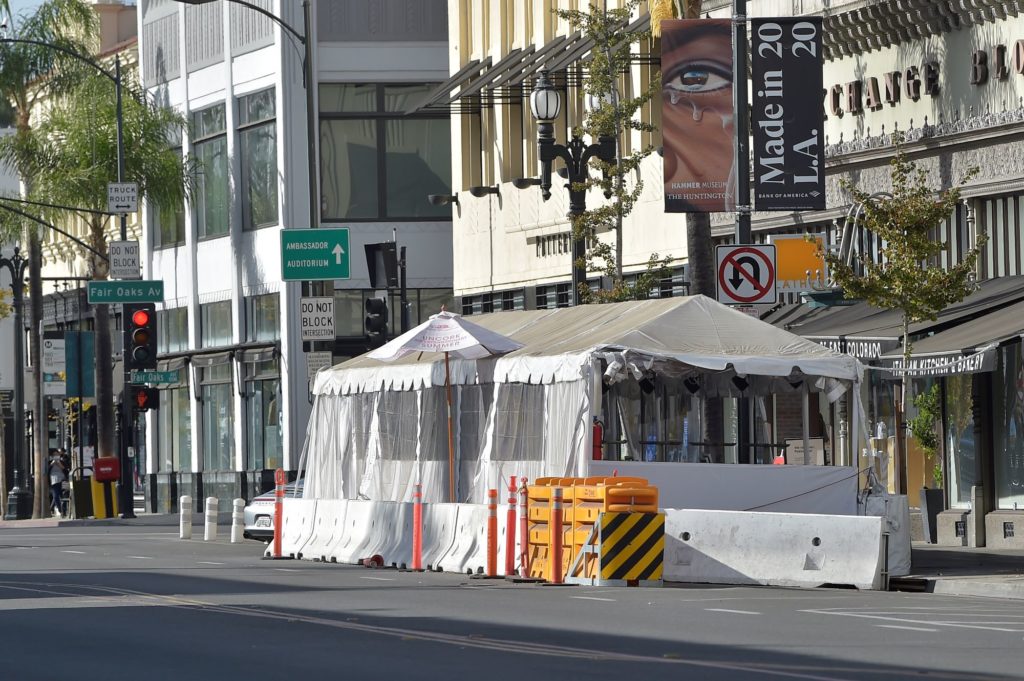By Galen Patterson
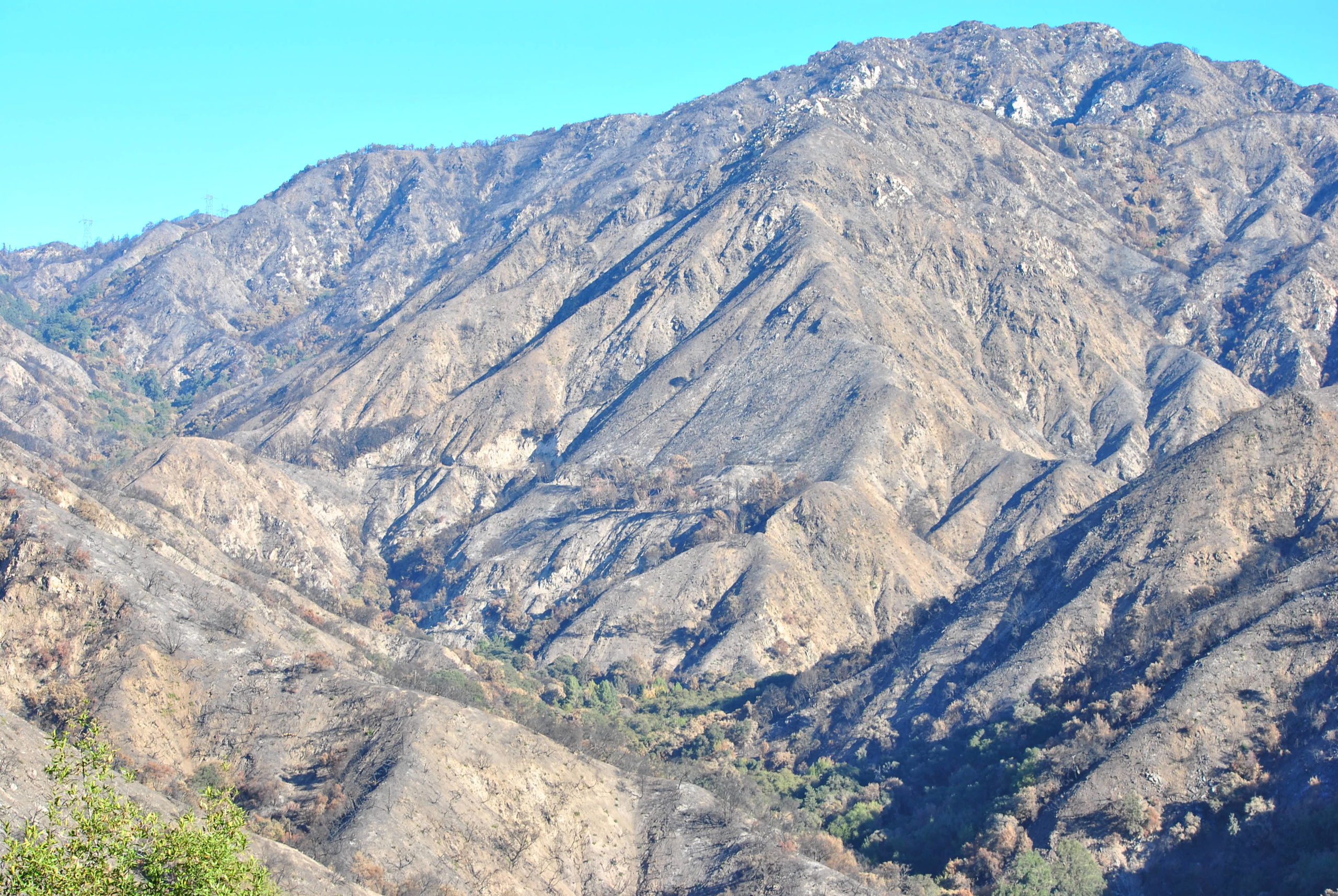
In the wake of the Bobcat Fire in the San Gabriel Mountains, a small communal enclave has taken the spotlight.
Cabins dating from the early 1900s were threatened by the fire, and sadly nearly a quarter of them burned completely. Prior to the Bobcat Fire in September earlier this year, the cabins had dwindled to 80. Today, there are 63.
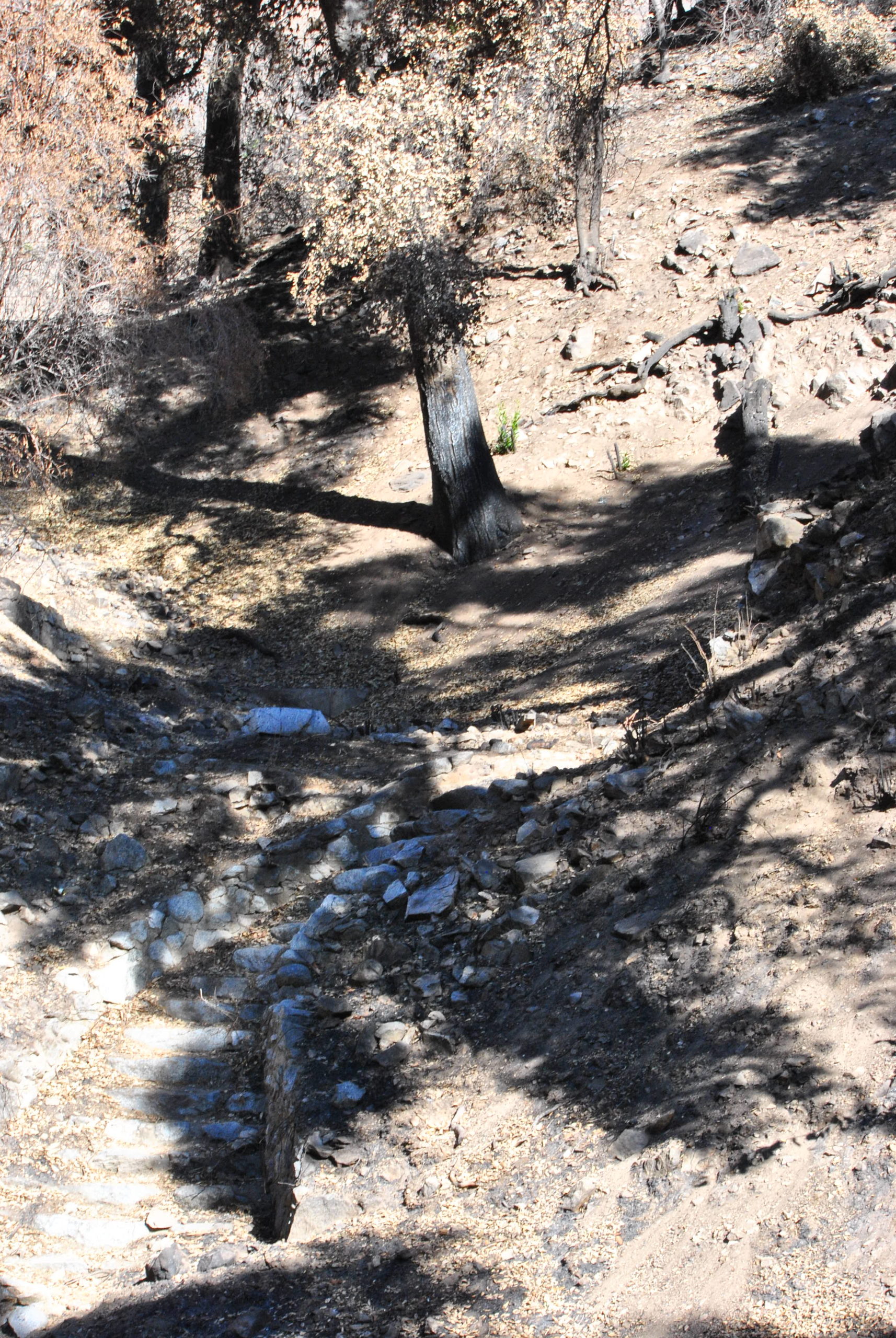
According to cabin owner Cam Stone, the canyon once housed around 240 small cabins, most of them built during the heyday of the Great Hiking Era in the late 1800s to early 1900s.
In some ways, the fire burned the canyon in an unpredictable manner. Some cabin owners agree that certain cabins should have burned but did not, while others burned that should still be standing.
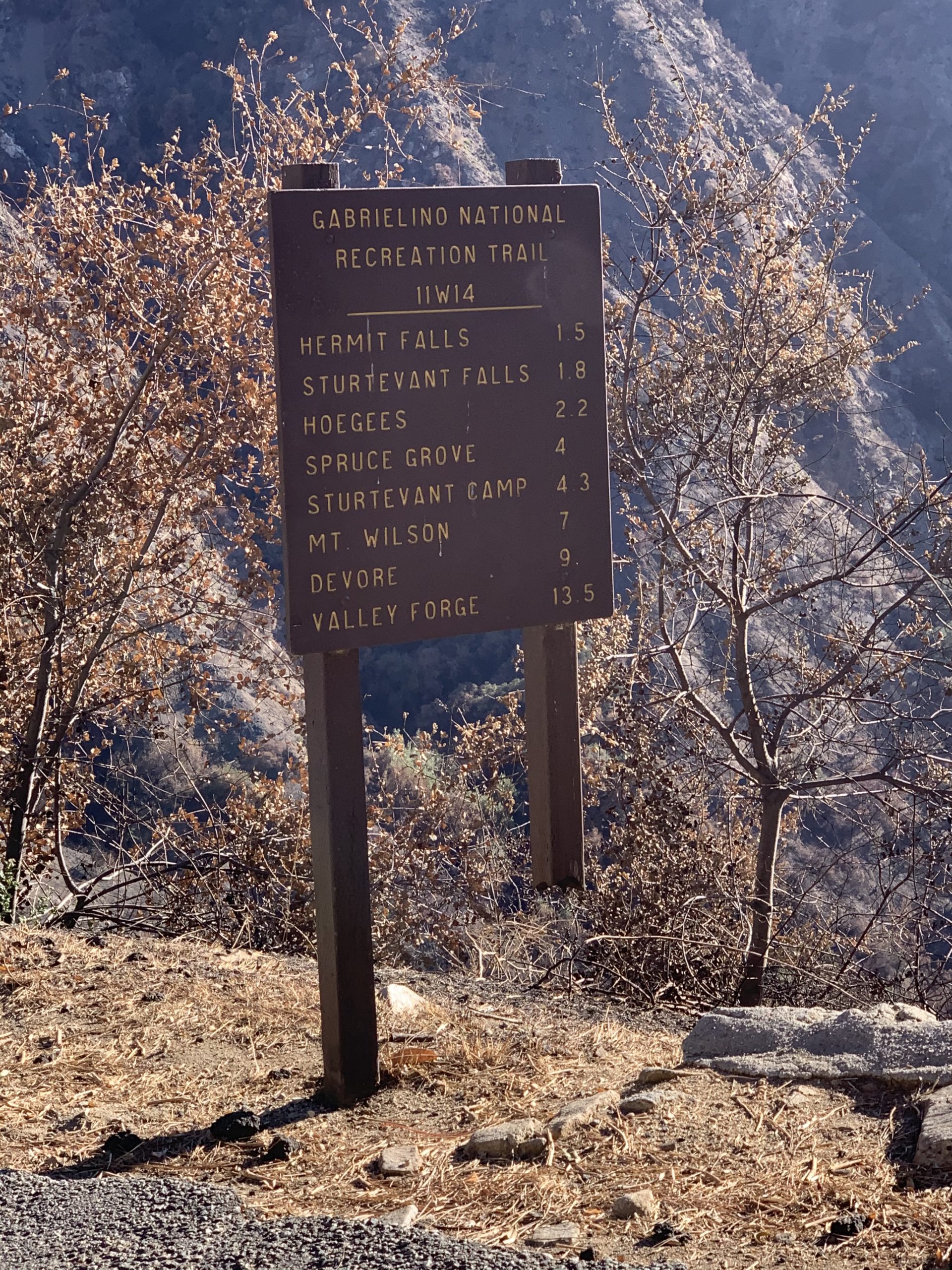
For example, a few of the cabins have been left in derelict conditions and the owners did not upkeep the property, meaning fire clearance was not being done and greatly added to the risk of fire destruction. Some of these cabins miraculously did not burn.
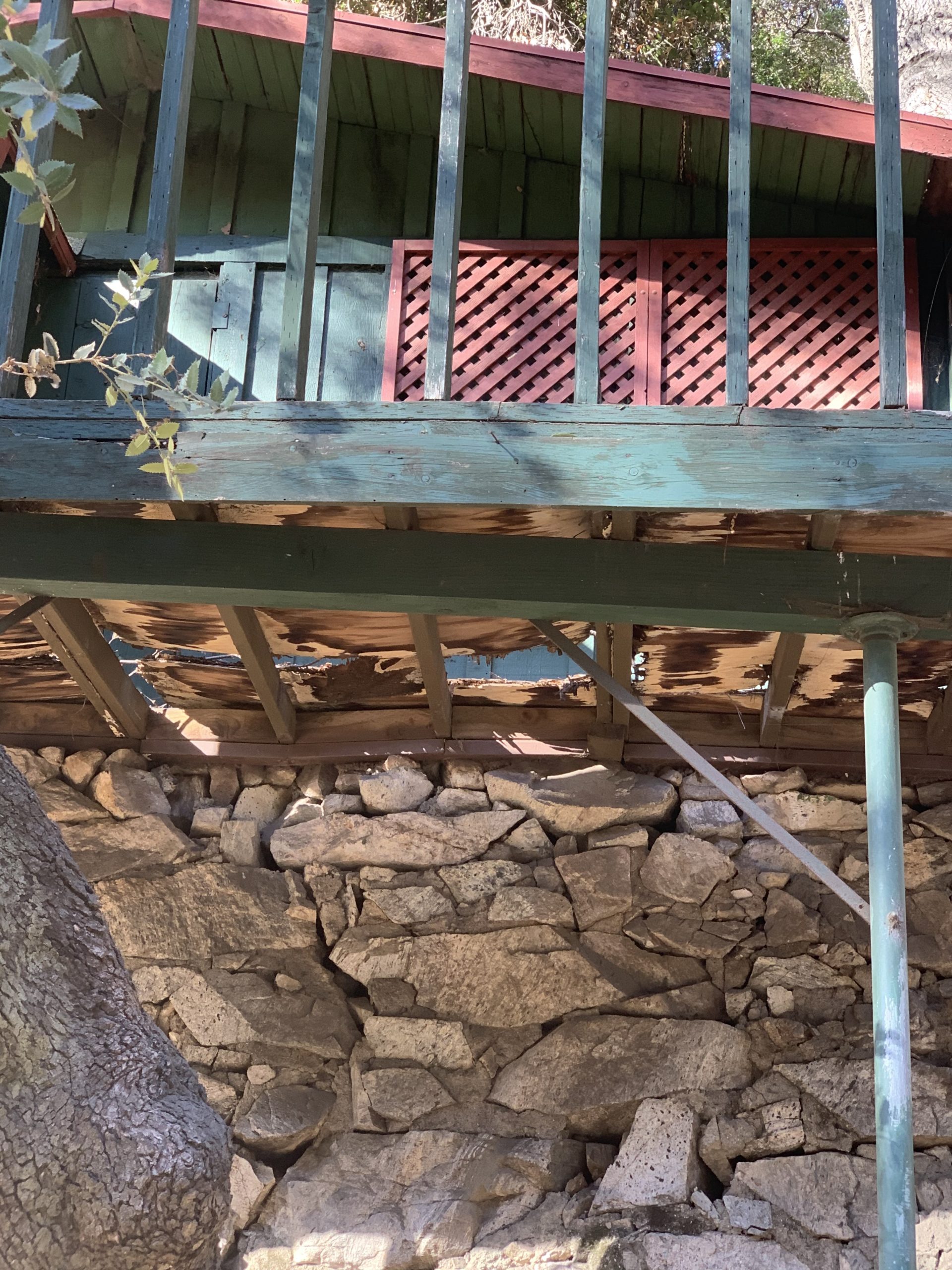
Other cabin owners, who maintained their cabins and zones with painstaking diligence, lost everything.
The cabin owners have an interest in restoring the cabins and the canyon to the way they remember. However, they are tied up by the U.S. Forest Service, which has held authority over the area since the San Gabriel Mountains became a National Monument.
The cabin owners tend to see themselves as stewards of the canyon, its health and history. They leave a minimal human impact and maintain the area the best they can. “We do it because we love it,” says cabin owner Cam Stone, “We’re always talking about the canyon whenever we meet on the trails.”

The U.S. Forest Service is a branch of the federal government and says its primary interest is the health of the forest. They plan to restore the forest in the way that best suits nature. However, the agency is aware of the history and culture of the canyon and has not yet made any decisions on whether the cabin owners will be allowed to rebuild.
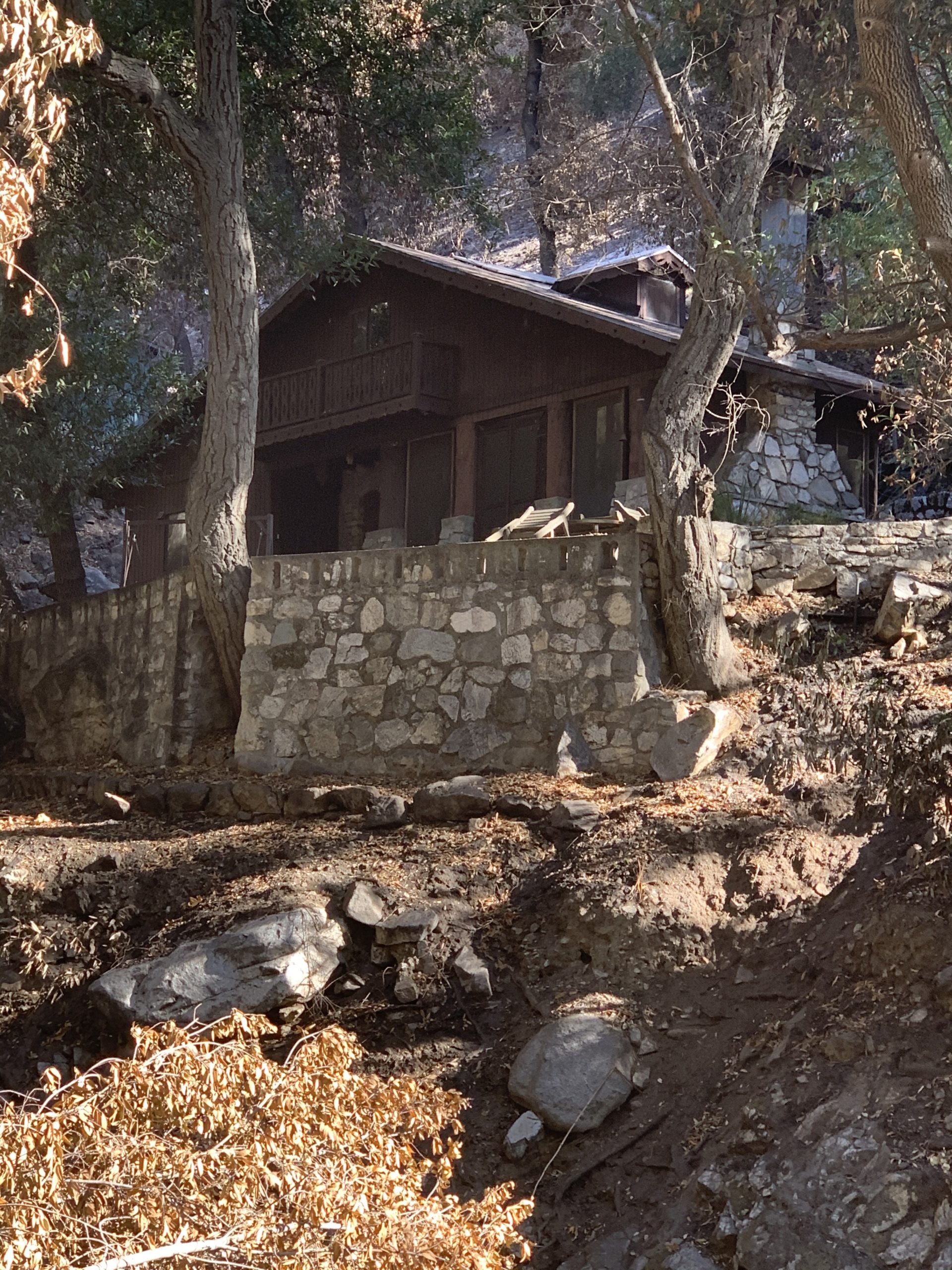
Both the cabin owners and the Forest Service want to preserve the forest within the canyon, and fire is an important part of the ecosystem. Both groups had been expecting some kind of burn to happen, but nobody knew when it would happen.
Fire plays an important role in the health of the soil. It burns away dead plants, which then allows new plants to come in and change the soil’s nutrients, allowing for growth of new plants under healthier conditions. Depending on perspective, the fire was good for some, but disastrous for others.
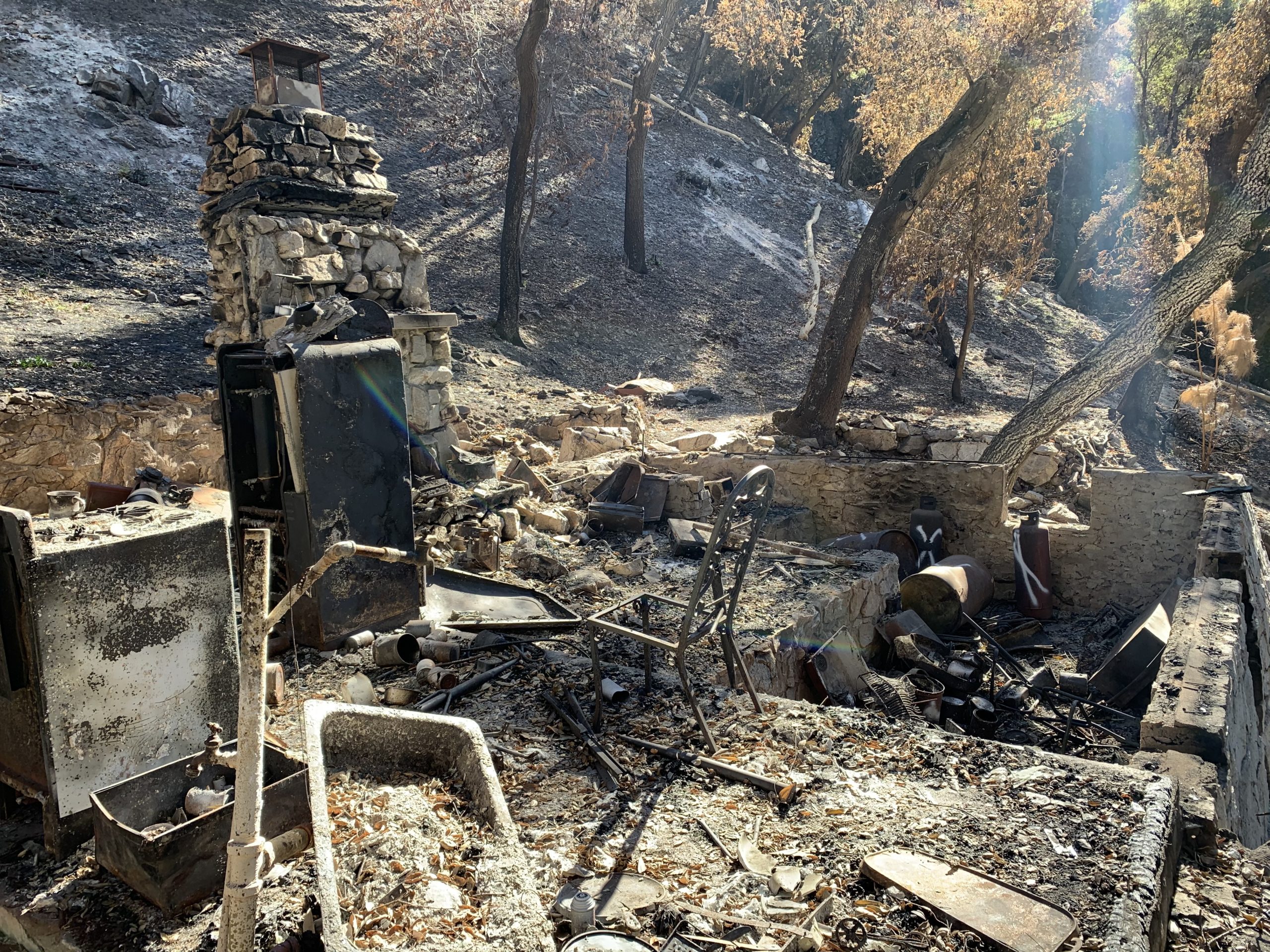
During the Great Hiking Era, the cabin owners were a much larger community. Canyon legends tell of moonshiners and drunken blowouts with a continuous stream of foot travelers during prohibition. Most of the cabins have only one floor and maybe two small rooms. Very few have basements, which may have been a place to hide alcohol.
The main method of travel is by foot or sometimes by donkey if carrying heavy loads, which is a service provided by the pack station at the top of the canyon. When construction began, the donkeys were laden with construction materials and necessities. Today, they carry modern versions of the same thing.
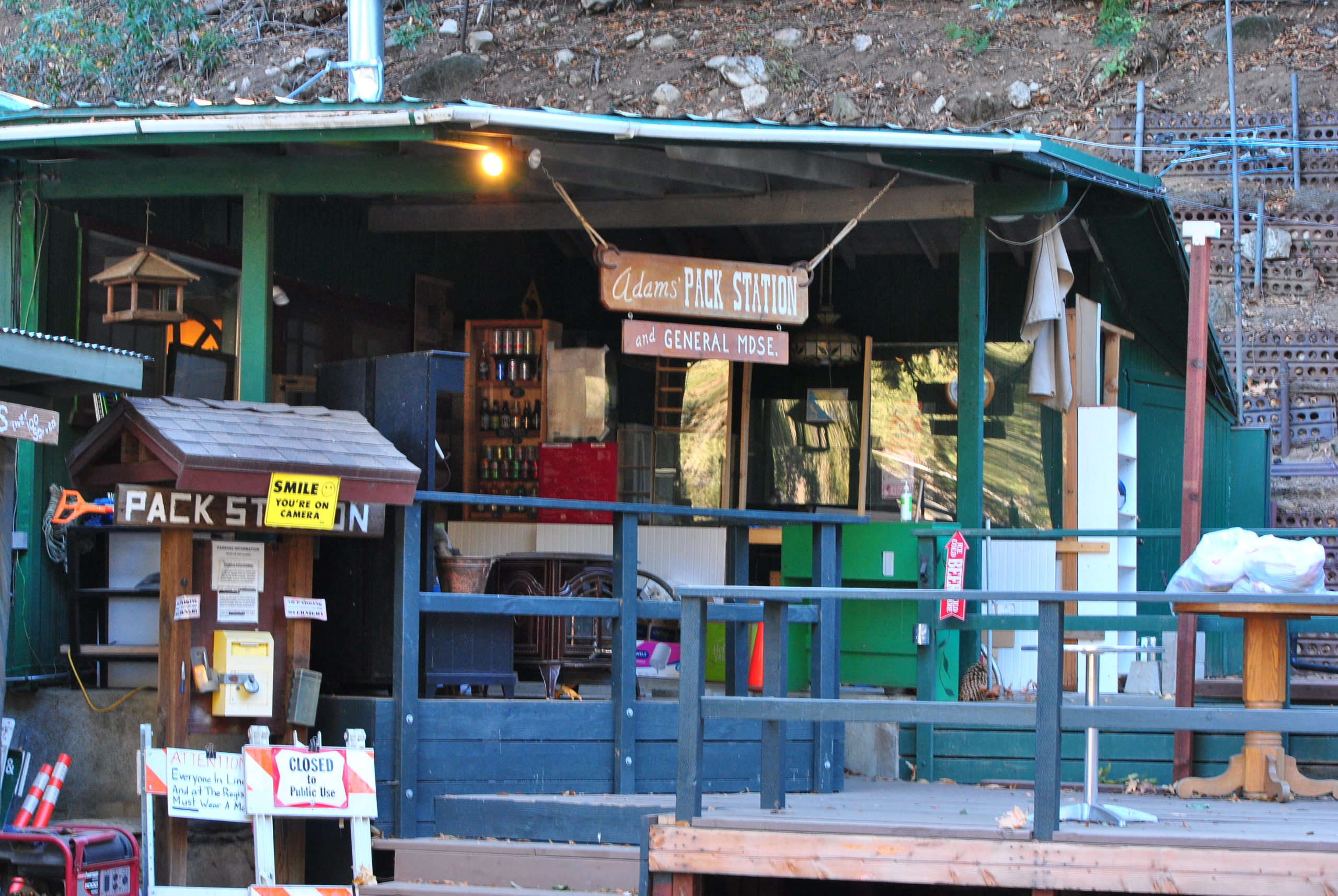
The cabin owners also carry their own goods, but things are not carried out as often. Now the cabins have become collections of spare parts, antique appliances and peculiar articles of interest.
One cabin, owned by the same family for generations, had a piano secured to the wall which took six people to carry down the canyon. After the fire, all that remains of the instrument is the metal backing.
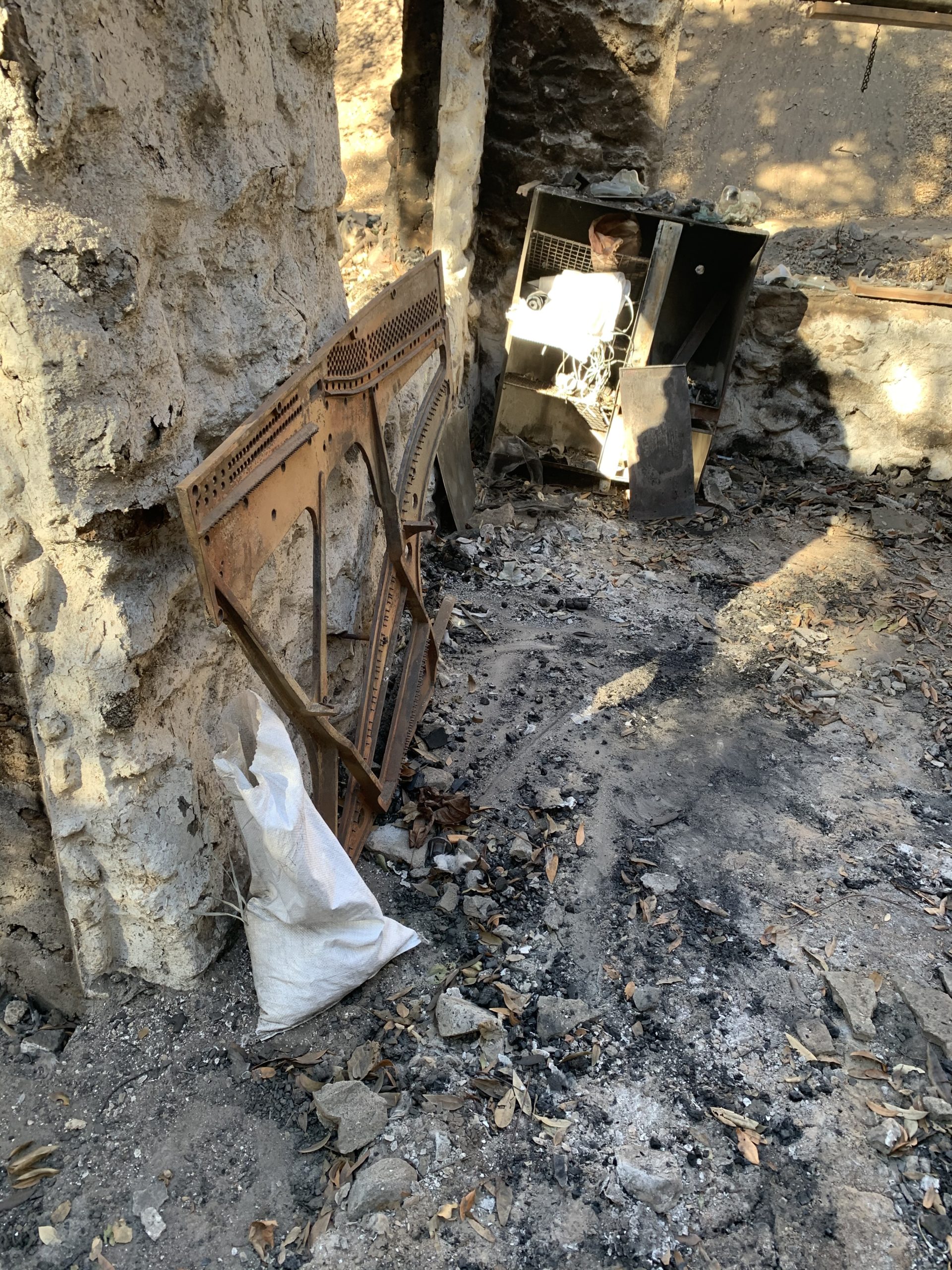
The burned cabins are littered with the sturdy possessions of the owners over generations. Broken china, rusty cast-iron waffle makers, and paint cans lay among the ashes in the still-intact foundations.
For new cabin owners, the previous owners usually don’t pay to pack out what they have in their cabins; so, each cabin is “like buying a museum,” says Stone.
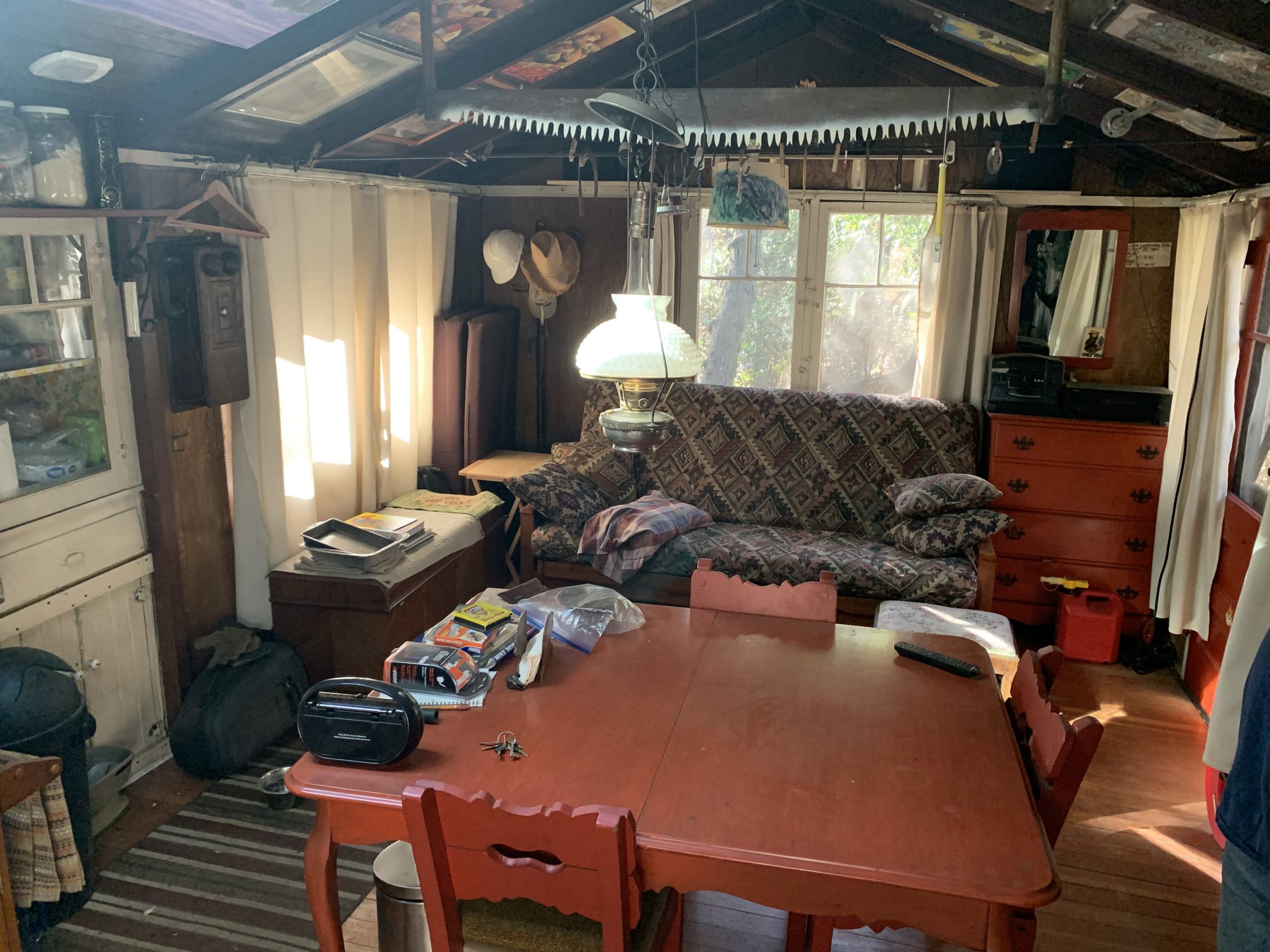
In fact, the cabin owners still use the original hand-crank telephone system, invented by Alexander Graham Bell in the 1870s. Many of the cabins are linked through what is believed to be the oldest continuously operating telephone line in the country.
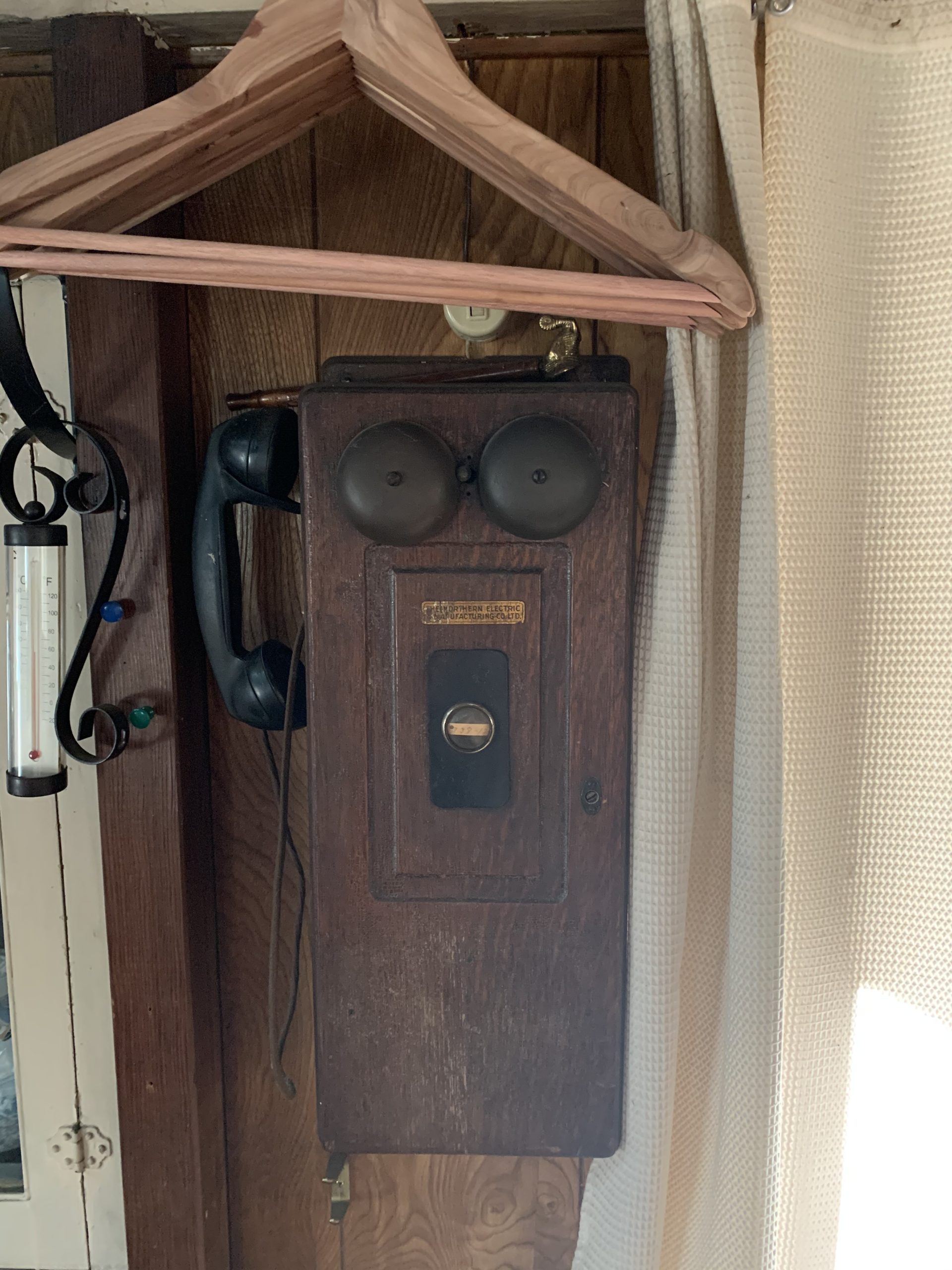
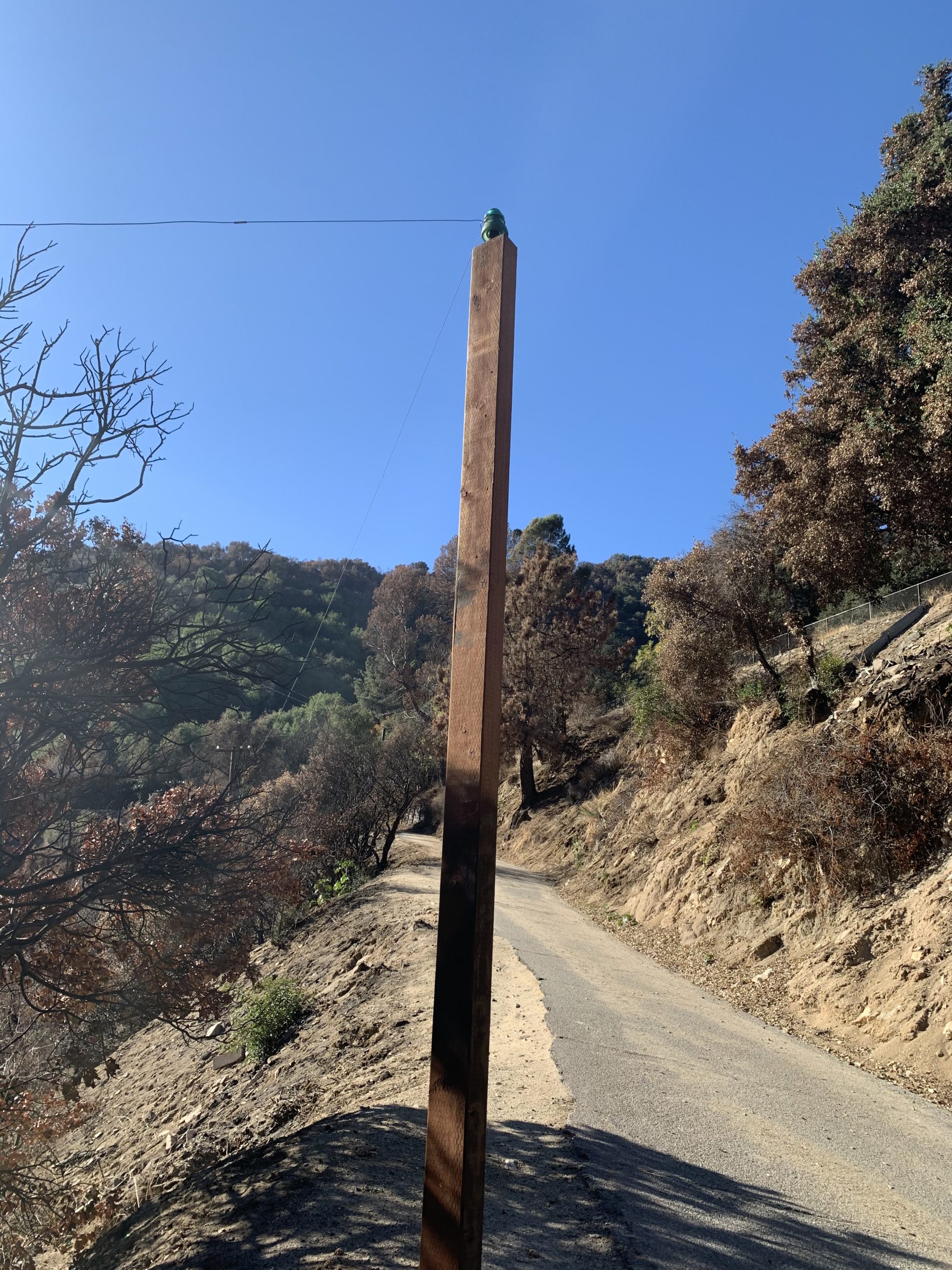
Over time, the canyon accumulates trash, unsavory behavior and graffiti. The cabin owners are a community that is always cleaning, restoring, or discussing ways to help the canyon. Owning a cabin is a lifestyle and large commitment to the community. It’s not just a weekend home.
The cabin owners keep natural rock-colored spray paint on hand to cover the graffiti, they pack out the trash and they all work together to create, repair and maintain not only their cabins, but they help preserve the natural beauty of the canyon itself. “Every time a cabin is lost, it hurts all of us,” says Stone.
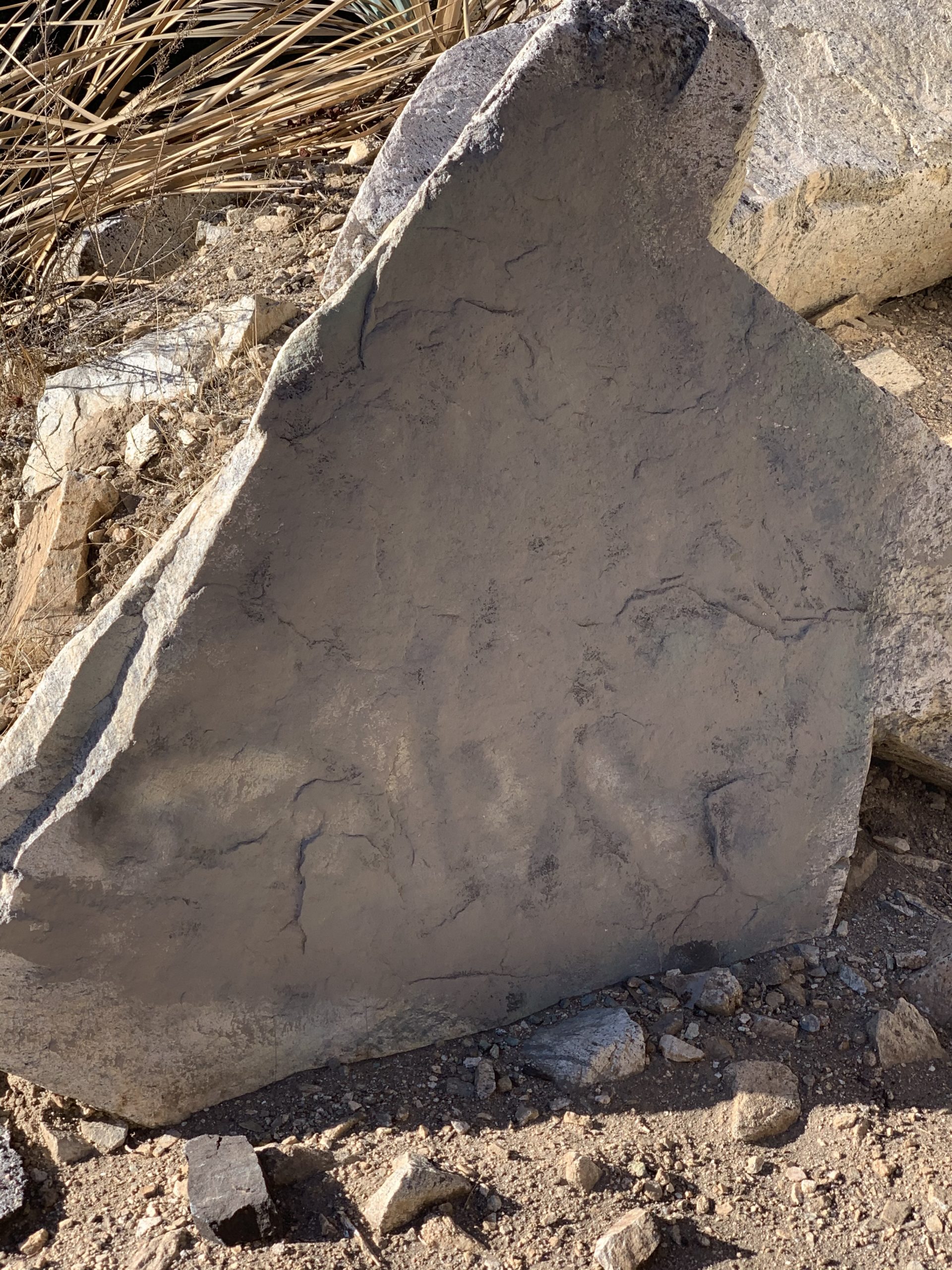
The Forest Service’s job is to put the forest first. The canyon has not burned since 1953. In that time, an abundance of fuel for the fire had built up and caused the fire to be more destructive than it may have been if the area had prescribed burns more regularly or more fire clearance.

The goal of the Forest Service is to help the forest grow and help the cabin owners with what they need to restore the area. But the department is a branch of the federal government and the process for action is slow.
For example, Forest Service spokesperson John Clearwater says the next step is to assess the condition of the burned area and figure out how to best restore the forest and help it heal. Their method of action is to commission reports on the environment and discuss the path forward from there.
However, California has just entered its rain season and fires destroy the barriers that keep the loose matter of canyon walls in place, like roots and logs.
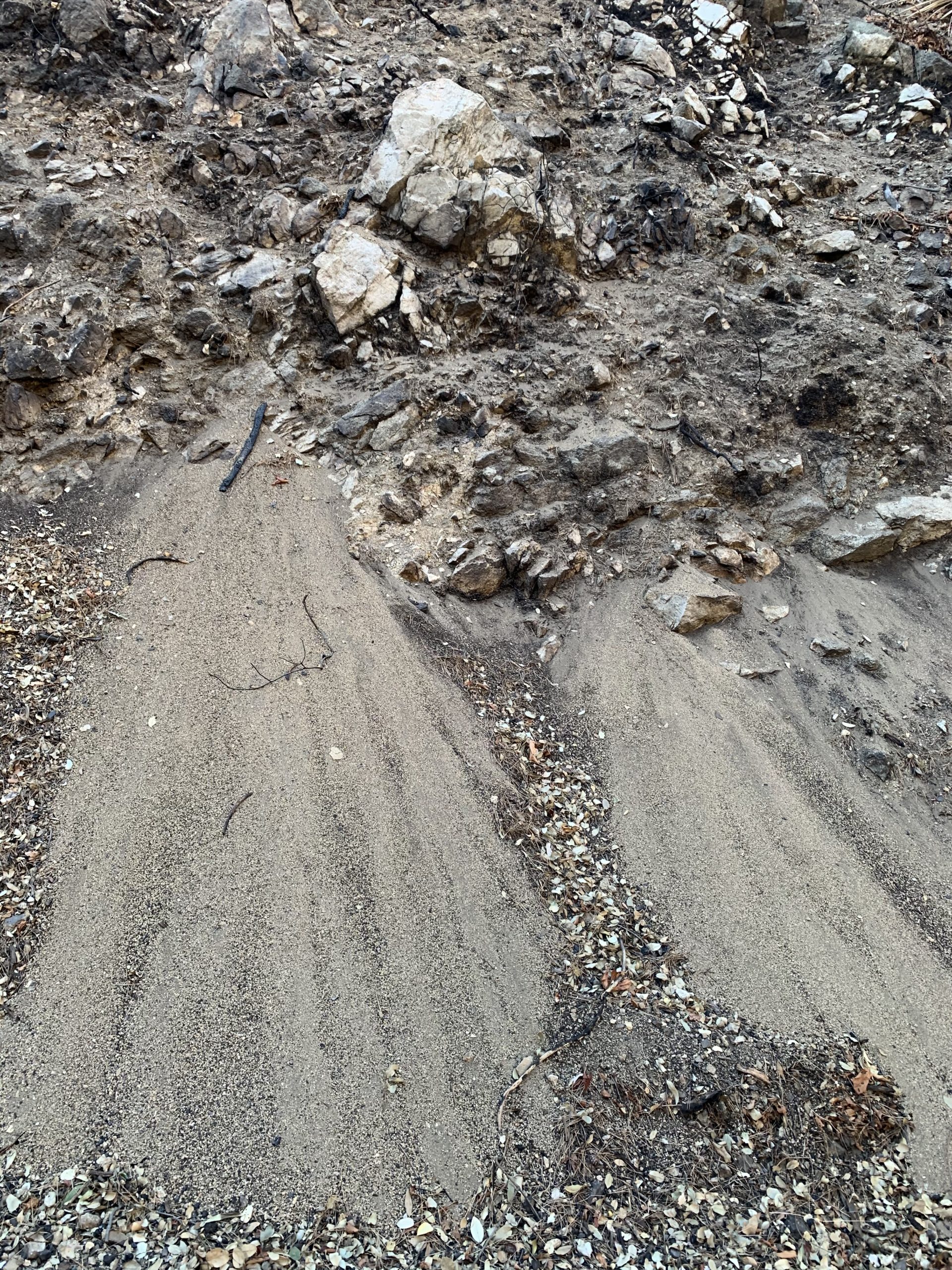
Historically, newly burned areas are highly susceptible to landslides, rockslides and further significant geographic changes in the area. Both sides agree more cabins will be lost.
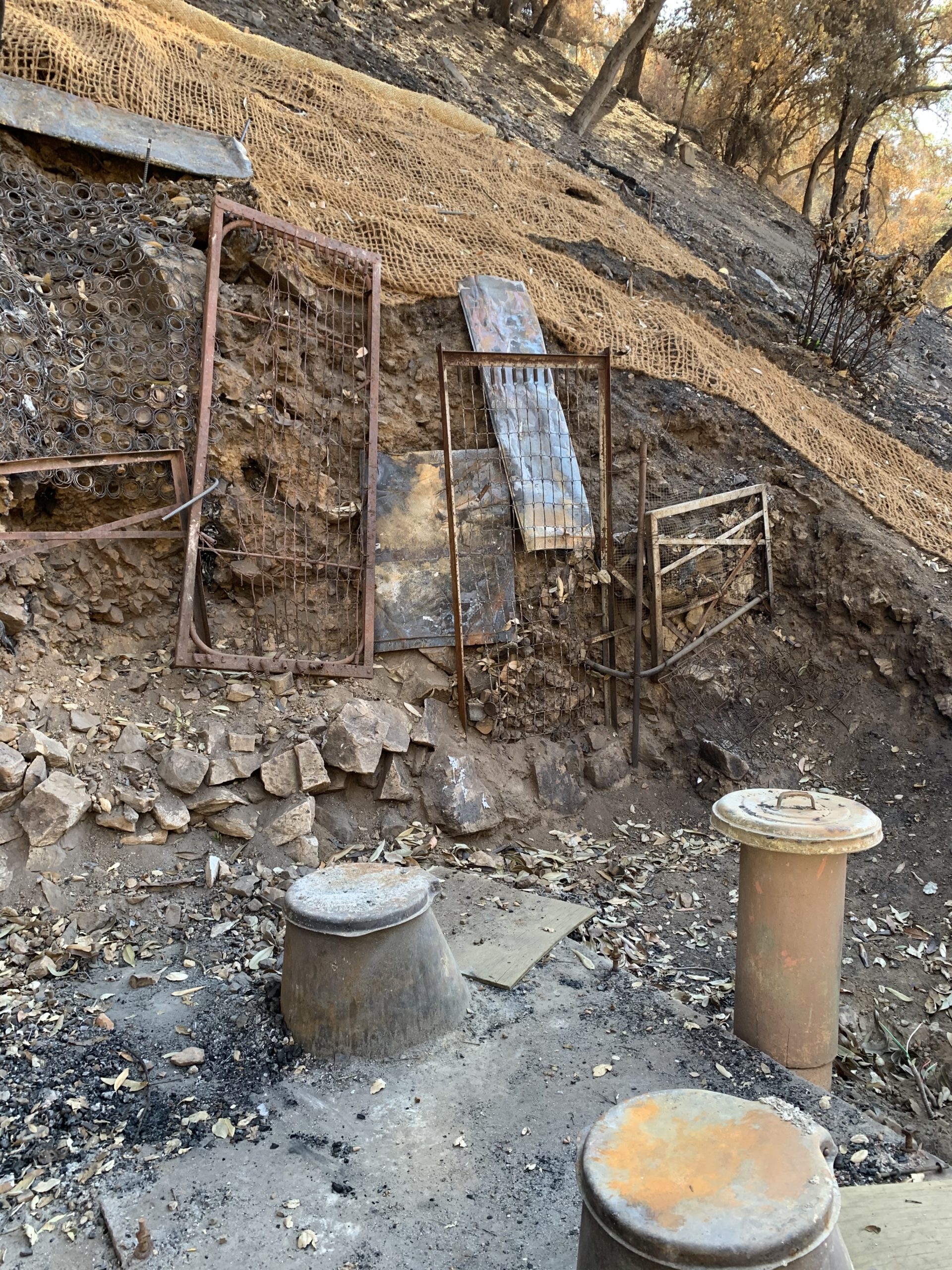
Clearwater says the agency has already ordered the reports and they will take time.
Meanwhile, the whole canyon is closed. For the first several weeks after the fire, everyone was banned from the canyon. Now, only the forest department and the cabin owners are allowed in. The closure is in place until April of 2022.
Clearwater is hopeful a decision can be made in the spring of 2021.
The cabin owners are allowed into the canyon to clear debris and make preparations for the rains yet to come. This has allowed the pack mule service to reopen, but rebuilding is still not allowed until further orders from the Forest Service.
The concerns of the cabin owners appear to be getting worse as time goes on. The canyon they devote their free time to is a shared museum and is a labor-intensive pastime. No heavy vehicles or equipment can access the area to fix what damage has been done or will be done in the coming months.
The large terraces of flat land were dug out by hand when they were first built, and the concrete was brought down on mules and used sparingly to secure large boulders together. Rebuilding now will be every bit as labor intensive as before.
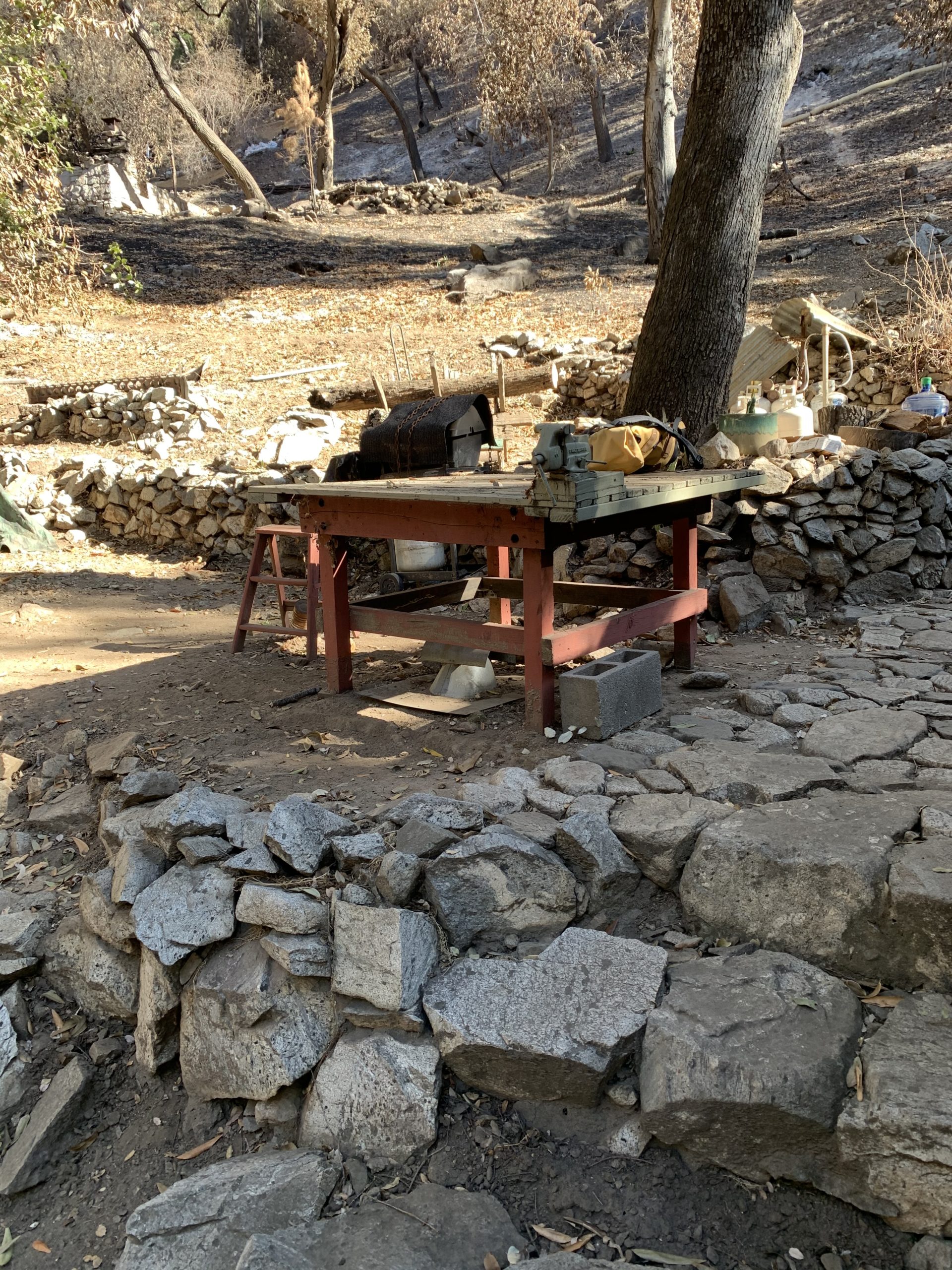
If the cabin owners are allowed to rebuild, they will need an extreme amount of energy to hike in with supplies. Their new cabin will essentially be on their backs and the backs of the mules. It is a large and daunting task that the owners are eager to begin.
For some, the waiting was more than they could bear, and they still refuse to see their cabins reduced to rubble and have requested that no photos be taken of their structures. They simply are done with the emotional and financial investment.

At the bottom of the canyon, at the northernmost point of Santa Anita, is a guard post staffed by the Forest Service. A full-time guard holds the keys to the gate to let authorized people in. “The fire was good and bad,” he says. “It depends on how you look at it. It was great for the canyon, but terrible for the owners.”
The gate guard sits in his chair and watches as a young deer steps into the road from the tree line. It stops to eat roadside debris as motor vehicles carefully pass by and take photos. It has survived the 2020 deer season, which ended just eight days prior, and the fire that rendered much of its habitat unsustainable.

It is already becoming accustomed to the behaviors of the humans, surviving at the extreme edge of town. Soon it will finish off the small source of food it has found and move on to the next one — whether it’s another gutter or a patch of forest further down the San Gabriels. It’s future also remains uncertain.

